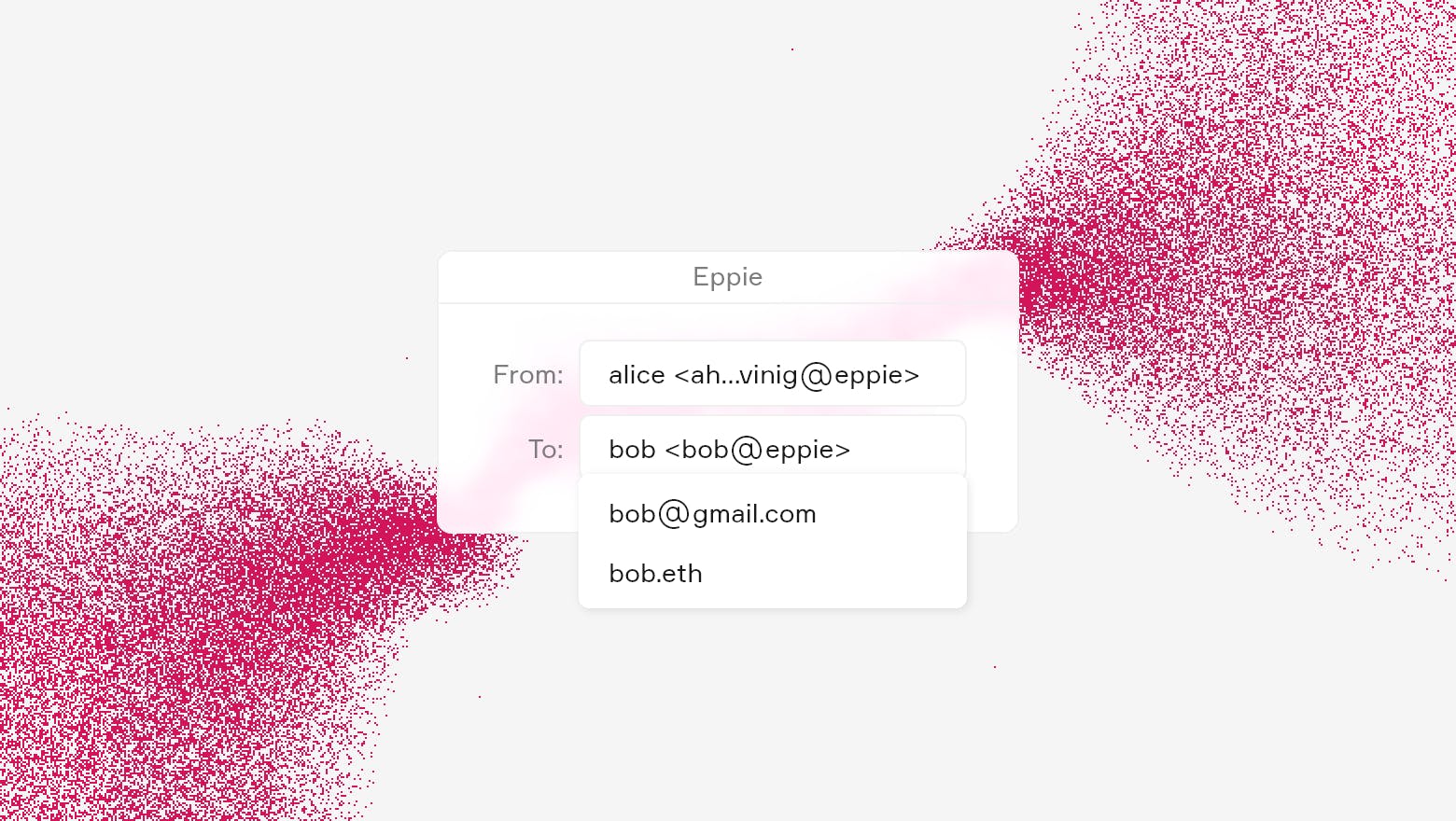QEMU 10.0 was released today as the newest version of this emulator code that plays an important role in the open-source Linux virtualization stack.
Of the many changes to find with QEMU 10.0 include features and alterations such as:
– QEMU on LoongArch with KVM now supports CPU hot-plugging, para-virtualzied IPI, steam time, and other features.
– RISC-V QEMU Has support for a number of new ISAs / extensions, adds the Tenstorrent Ascalon CPU, adds the iangshan Nanhu CPU, and adds a Microblaze-V generic board.
– QEMU 10.0 adds the Intel Clearwater Forest CPU model. There is also a Sierra Forest “v2” CPU model with changes compared to the original Sierra Forest CPU model for QEMU.
– The VirtIO SCSI device has gained “true” multi-queue support with QEMU 10.0. This proper multi-queue support can enhance I/O scalability.
– QEMU 10.0 graphics code added new “apple-gfx-pci” and “apple-gfx-mmio” devices to use the macOS host’s para-virtualized graphics framework to provide accelerated graphics to macOS guests. The apple-gfx-pci is intended for x86_64 guests while apple-gfx-mmio is for AArch64 macOS.
– QEMU 10’s VFIO code has improved Intel IGD graphics device pass-through for all Gen11 and Gen12 hardware.
– The QEMU VFIO code has also added support for old ATI X550 GPUs.
– The Linux AIO and IO_uring back-ends can now use the “RWF_DSYNC” flag for FUA write requests rather than relying on emulation to yield performance for guest disks that have disabled the write cache.
– Improved QEMU documentation.
– Continued work on enabling more Rust programming language use within QEMU.
More details on the many QEMU 10.0 changes via the Wiki release notes. QEMU 10.0 can be downloaded from QEMU.org.









